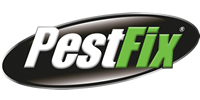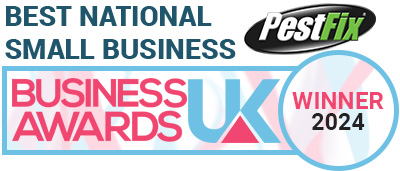The feral pigeon is a determined pest in urban areas. Their compact, lightweight frames coupled with clawed feet make them agile, dextrous and hence able to occupy confined spaces. Very few surfaces will beat a pigeon. The mess that they create is an ugly problem.
Pigeons feed in flocks with a distinct territory. Flock sizes can vary in size up to as many as 400. An average flock numbers around 150 birds. Numbers depend upon the availability of food and breeding sites. Pigeons are exceptionally efficient at finding food and are quick to build confidence when establishing a new feeding ground. Pigeons in town centres rely wholly upon food scraps, spillage and feeding by members of the public. We only have our own bad habits to blame for the “urban pigeon issue” we act as hosts to these parasites.
Breeding Season
If conditions are favourable the birds will breed throughout the year, but the main period is March – July. About 40% of birds are in breeding condition at any one time. 2 white eggs are laid and are incubated by both parents. About 30% of eggs are successfully reared to fledglings. The bald chicks are called “squabs”. The young squabs are initially fed with a protein rich secretion, but this is quickly replaced by regurgitated pre-digested food. Young birds are independent at 30-37 days and between 4 & 7 broods may be reared per year. That means that a pair of adults could potentially replicate themselves by a factor of 10 every year!! They can live & breed for four years, that’s 80 fledglings hatched in an adult pigeons life. Small wonder that they are a prolific pest!
Damage to Buildings
Many buildings, both old and new, contain numerous ledges, girders and holes that can be used by pigeons as nesting sites. Large numbers of nests are often found under bridges and in derelict buildings. The lofts of houses and commercial premises, where birds have gained access via gaps in the roof, are also common breeding sites. Sheltered pipe work can be a real problem with pigeons. However we have several tried and tested solutions.
If left unchecked a pigeon problem can cause serious and long-term damage to the fabric of a building. Nests and guano can block rainwater gutters causing flooding and damp problems. Wood rot quickly sets in areas where birds have nested in rafters or eaves.
Feral Pigeon infestations are a year-round problem. However, it appears that they are more inclined to seek shelter in buildings in the colder months of October – March. ACT NOW before it gets out of hand.
Pigeon Proofing Measures
“Bird Pressure” is an important term in pigeon-proofing and control.
Medium to light pressure areas are generally where the birds perch during the daytime to feed, this may be a ledge or parapet that is not very well sheltered. These areas can be easily proofed using Anti-Perch Spikes and Post & Wire.
High-pressure zones, where the pigeons roost and build nests will only be successfully proofed by using Netting or Wire Mesh products. These areas are important to the birds and they will try everything in their power to overcome any light-medium pressure solutions installed.
Pigeon Faeces and Diseases
Avoid direct contact with faeces. Wash hands immediately with ant-bacterial soap. Take-off shoes prior to entering a building if you have walked through droppings. Pigeons are associated with the dissemination of the causative agents of a large number of diseases that can affect the health of humans. The disease agents identified include fungi, bacteria and a variety of parasites. Examples include Salmonella, Chlamydia, Ornithosis and Vibrio Cholerae. There are more than 30 in total!
Guano build-up on floors, pavements and gantries are a serious slip hazard, especially when wet. If you are an employer or local authority you could be legally liable under Health & Safety regulations for accidents arising from uncleared pigeon droppings. You owe your employees, customers and the general public a duty of care.
Selling your house? Un-checked guano and droppings can seriously affect the market value of your property. A heavy infestation will more than likely show up on a surveyor’s valuation report for mortgage purposes hampering your chances of a successful sale. Don’t leave it too late.













